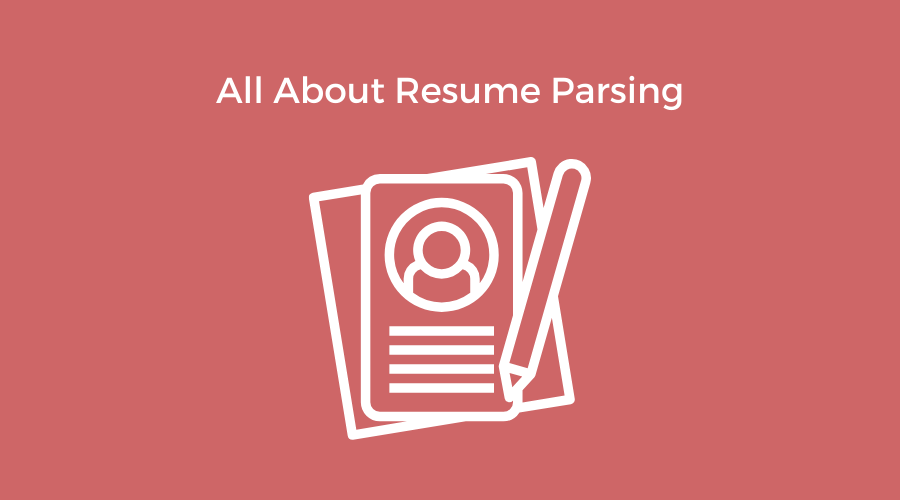
What is Resume Parsing?
Resume parsing is one of those behind the scenes technology most recruiters never see in action. The job of a parser is to analyze a resume, then extract the candidate’s information into a database using the proper fields for each piece of data such as job title, past employers and contact data.
Once completed the recruiter can then search that data via keywords and filters within the ATS. Some resume parsing tools even include semantic search which adds content to search terms with the goal of understanding user intent to provide more relevant results.
Without resume parsers all of the resume data ever collected would not be organized. Resume parsing software provides employers an effective tool to identify skills and keywords in order to sort through large amounts of applications to identify the best applicants. It’s also a time save for recruiters since it removes the burden of hand reviewing each application.
Parsing Isn’t Perfect
According to Wikipedia, Resume parsers have “achieved up to 87% accuracy, which refers to the accuracy of data entry and categorizing the data correctly.” But challenges still remain since not all resumes are created equal.
Interpreting what a candidate says on their resume can be problematic. So resumes are bound to fall through the cracks when it comes to being found in an applicant tracking system. Language is ambiguous, and some words can have multiple meaning. The key to a good resume parser is being smart enough to interpret the language properly.
Optimizing for Resume Parsers
Job seekers are often faced with the complications of resume parsers. Who among us hasn’t encountered a job application form that did not properly import our resume data, thus forcing us to go in and re-type our entire employment history? A frustrating experience that happens too often. But there are things you can do to optimize your resume for this experience.
Candidates need to design their resumes with parsers in mind if they want to be more discoverable inside that vast resume databases that employers guard so closely.
First piece of advice, use simple fonts and text. Don’t get fancy. Fancy means un-parsable in many cases.
- Write your name in the filename of your resume
- Save resumes in .docx format for best parsing compatibility
- Use the same font throughout the entire document, don’t mix them
- Avoid tables and columns at all cost
- Avoid using images in your resume
Resume Parsing Vendors
Only a handful of resume parsing tools actually exist today. They are Rchilli, Sovren, Daxtra, Hireability and TextKernel. These platforms are typically built into job boards and applicant tracking systems as a feature but you can also use them individually though an integration.
Future of Parsing
We can expect parsers to extract more structured data from around the web including things like LinkedIn profiles and other unstructured data graphs. As the internet explodes with more and more information about people, parsers should be at the forefront of capturing this data and putting it into readable context for searchers.
You can also expect more features like OCR or Optical Character Recognition to be more widely used. Rchilli is using OCR currently and says the benefit is that any formatted resume can be scanned, eliminating missed candidates.


